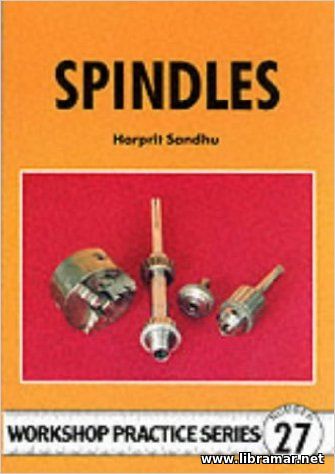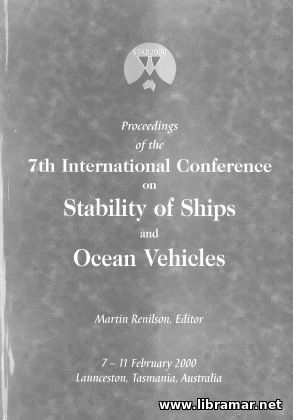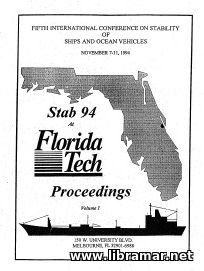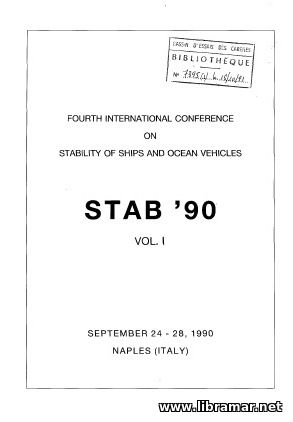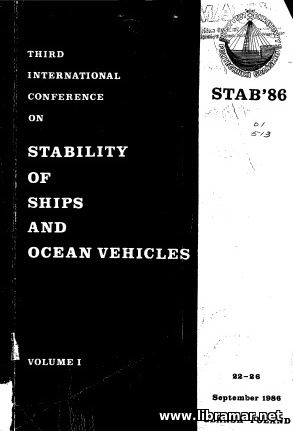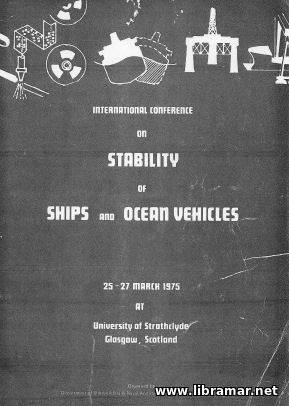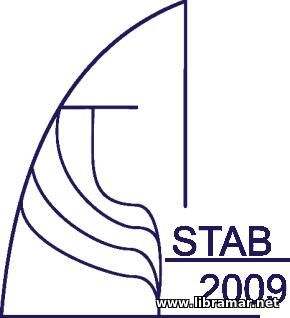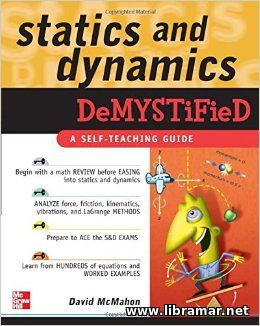
Here is another title belonging to the world popular Demystified series intended to offer readers a practical coverage of the important and complex course of statics and dynamics. Written by the expert in the field, David McMahon, has followed the standard learning curriculum. The content of the book will discover how exactly the forces affect different objects both in motion and at rest, and will be easily understood even by the people without formal training in the field - they will all be offered a very effective and even entertaining way of learning this basic engineering topic.
The book starts with a review of the vector calculus, followed by the chapters covering the gravity and forces, as well as friction and moment of inertia. After that, the readers will proceed to the dynamics, starting with the basic fundamentals of the particles, rotation and circular motion, power and energy, work and vibrational motion. The main content concludes with the introduction to Hamiltonian and Lagrangian methods.
The volume will give you hundreds of worked examples provided with the solutions, perfectly explained theory of statics and dynamics without any unnecessary and complicated technical jargon used, and the final examination at the end. The book is simply enough for the beginners.
